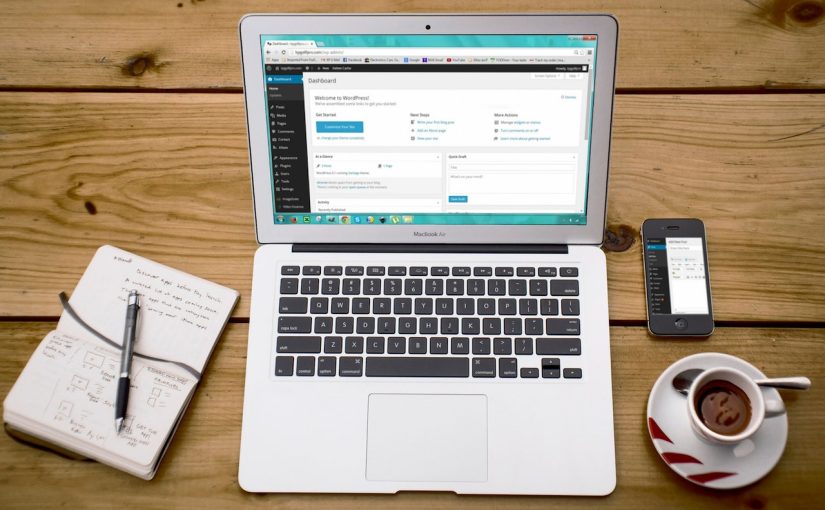WordPress post formats are a way to define and categorize the different types of content you publish on your website. Each post format represents a specific type of content, such as a standard blog post, a gallery, an image, a video, an audio file, a quote, a link, or a status update. These formats help to present your content in a visually distinct and consistent manner, enhancing the user experience and allowing visitors to quickly understand the nature of your posts.
Here’s a brief overview of some common post formats:
- Standard: This is the default post format and is used for regular blog posts containing text and possibly images.
- Gallery: This format is for displaying a collection of images in a gallery style within the post.
- Image: Specifically for showcasing a single image as the main focus of the post.
- Video: Used for embedding videos from platforms like YouTube or Vimeo directly into your post.
- Audio: Similar to video, this format allows you to embed audio files or podcasts.
- Quote: Designed for highlighting a quote or excerpt from a source within the post.
- Link: This format is for sharing external links or directing users to another website or resource.
- Status: Like a short update or microblogging post. Often used for quick thoughts, announcements, or updates.
Using post formats allows you to add visual variety to your content, making your website more engaging and interesting for your audience. Depending on the WordPress theme you’re using, each post format may have its own unique styling, such as different backgrounds, fonts, or layouts.
To use post formats:
- In the WordPress Editor: When creating or editing a post, you’ll usually find an option to select the post format in the right sidebar or at the top of the editing area.
- Customizing Your Theme: Some themes might display post formats differently, so you can choose a format that best suits your content. For example, a photo-centric format might be ideal for a photography blog.
- Displaying Content: When you publish a post with a specific format, your theme’s design will dictate how that content is displayed on the front end of your website.
It’s worth noting that the availability of post formats can vary depending on the theme you’re using. Some themes may have limited or custom post formats, while others might support the full range of standard formats. Always check with your theme documentation for specifics on how post formats are implemented.
